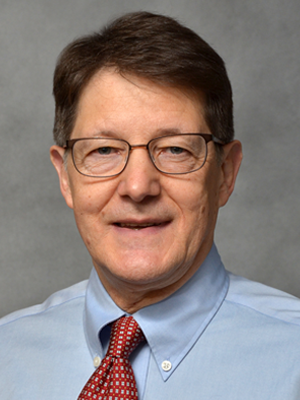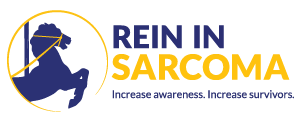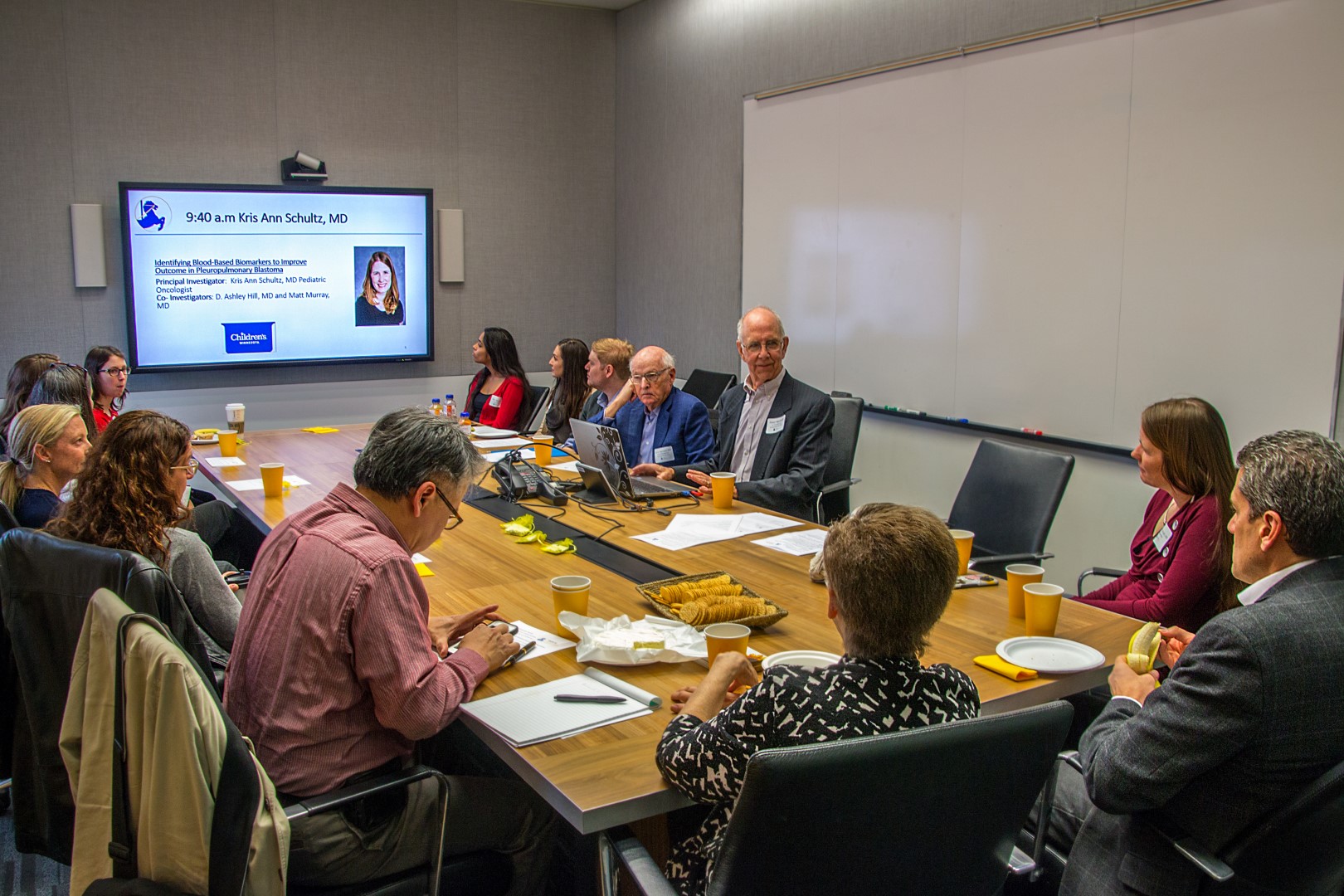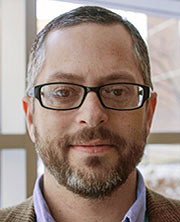
University of Minnesota Professor and medical oncologist Keith Skubitz has been treating people with sarcoma cancer for over 20 years. Maybe, he is your doctor. What he really seems passionate about is finding ways for science to help doctors deliver better treatments to their patients. This can mean anything from more effective drugs to portable pumps, which allow patients to take their chemo home.
Dr. Skubitz received his medical degree from the Johns Hopkins University, then completed his Internal Medicine training at the University of Minnesota. He took a fellowship in Clinical Pharmacology at Johns Hopkins and returned to Minnesota for his fellowship in Medical Oncology. Here he has stayed. Since 1988, Dr. Skubitz has led the University of Minnesota’s medical oncology treatment efforts for adult sarcoma patients.
Better Patient Care
One of the first things he did was to study the possibility that chemotherapy could be delivered differently. Drugs like ifosfamide had been given to patients in one or two big infusions, over several hours in the clinic. Dr. Skubitz thought it made more sense to deliver the drug slowly, over many days, by a continuous drip. He said “you knew from high school chemistry” that this might make the drug more effective. For one thing, the long steady drip could increase the chances the drug would be there in the body, active and available to hit new cancer cells as they were turned out by the tumor, day after day. This also could lessen side effects, because people would not need to absorb so much of the drug at once.
In about 1980, new technology made this option possible. Portable pumps could deliver a slow continuous drip to patients, even while they moved around freely or stayed at home, carrying their pumps in little packs. With a colleague, Dr. Skubitz studied this method and found that it worked. They published their findings, and many other doctors have followed the same approach.
Finding Better Medicines
Dr. Skubitz says his work is “certainly very interesting,” and sometimes he and his colleagues have “very satisfying results.” It is hard, however, that the treatments don’t always work. For many patients, “eventually, they stop working.” This is a “high stress” time.
One way to improve the situation is to find better medicines. Of course, this could mean making something totally new. But it also could mean making a new match, between an existing drug and an aggressive disease. University researchers have been part of just such a solution for giant cell tumors of the bone. These tumors usually do not kill people, but they can grow aggressively and there have not been good treatment options. Doctors use surgery and radiation when possible, but good results can be hard to get and even then, the tumors often grow back. It appeared to Dr. Skubitz and his colleagues that an antibody developed for osteoporosis might target these bone tumors. A small initial study showed that the drug did help. The University now participates in a world-wide follow-up study to consider the best dose and length of time to use the drug, which is seen as a very promising treatment.
Along the way, doctors also learned more about how tumor cells “talk” to normal cells. In this disease, tumor cells make a protein that recruits normal cells to come nearby and make something – call it factor x – that the tumor itself needs to thrive and grow. The drug works by blocking this protein, interfering with the tumor’s call for normal cells. With fewer normal cells stopping by to donate factor x, the tumor can’t grow so well anymore. Sometimes, it even dies.
Using New Science
Cutting-edge science clearly motivates Dr. Skubitz. On the list of scientific articles he’s written, there are many about genes. Dr. Skubitz tries to understand what tumors are telling us through the unique collection of genetic mutations and expressions they contain. When asked if the study of genetics will turn out to be an important thing for patients, Dr. Skubitz did not hesitate. “Absolutely,” it will.
Of course, genetic work could help doctors develop more effective treatments, targeted directly at the mistakes or pathways that allow the cancer to grow and spread. Even without a cure, genetic work could help doctors predict how dangerous a cancer will be. “Absolutely, definitely” it matters to know which cancers are most likely to be dangerous. This will affect the choices doctors make about treatment. Patients with less dangerous tumors could be spared the more intensive treatments; patients facing tougher battles could receive the most aggressive options.
Just this month, Dr. Skubitz was at a national cancer conference presenting results from a study that uses genes to help doctors separate the more aggressive cancers from the less dangerous ones. This work grew from one of RIS’ first seed grants. Years ago, University researchers including Keith Skubitz and his wife Dr. Amy Skubitz received a grant to identify the genetic signatures that might help doctors predict what cancers would do. The University’s tissue bank and the RIS grant allowed them to begin. Eventually, they found gene sets that appeared to break sarcoma cancers, ovarian cancers and kidney cancers into two main groups. They did not have enough information about what happened to the patients, though, to allow them to test the idea that the two tumor groups acted differently in people. Recently, the Skubitzes collaborated with researchers in Sweden and Denmark, who did have access to good follow-up information about patients. This work confirmed the sense that different gene sets appear in tumors that are more aggressive than in those less likely to be dangerous.
Another RIS-funded project that Dr. Skubitz works with is the clinical trial designed to test whether PET scans can show us which tumors are responding to chemotherapy. This is “quite neat,” because it may suggest better measures to test drug response. Using traditional methods, it could look like “you killed it off really well,” but then sometimes the tumor comes back. Doctors believe this may be due to the survival of a select group of deadly cells, sometimes called “cancer stem cells,” which may be great at hiding from toxic drugs or blocking their effects. If doctors could tell early on which tumors are being affected by a drug, they could spare patients who are not responding by stopping the drug and could switch them sooner to a potentially more effective option.
Always Surprising
When I asked Dr. Skubitz if there was anything else he thought we should know, he said this sounded an awful lot like the “classic internal medicine question.” Do your visits end with this invitation? Apparently, from the other side of the table, it is “striking” what patients will mention in closing. The doctor may have covered four or five major problems, and “you may think you know why they’re there,” but what’s really of concern to the patient may be something that’s “not even on your radar screen.” It’s surprising what you hear.
Hopefully, most of us can be thankful that our physicians do ask us for our concerns, and will listen for the surprise.
By Christin Garcia


